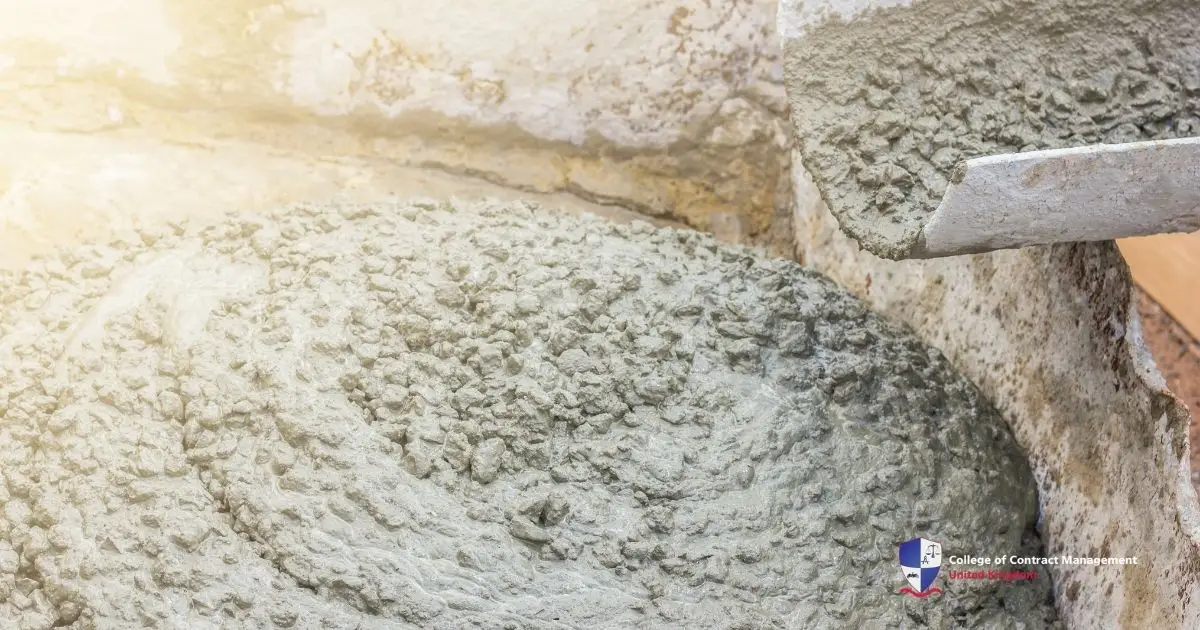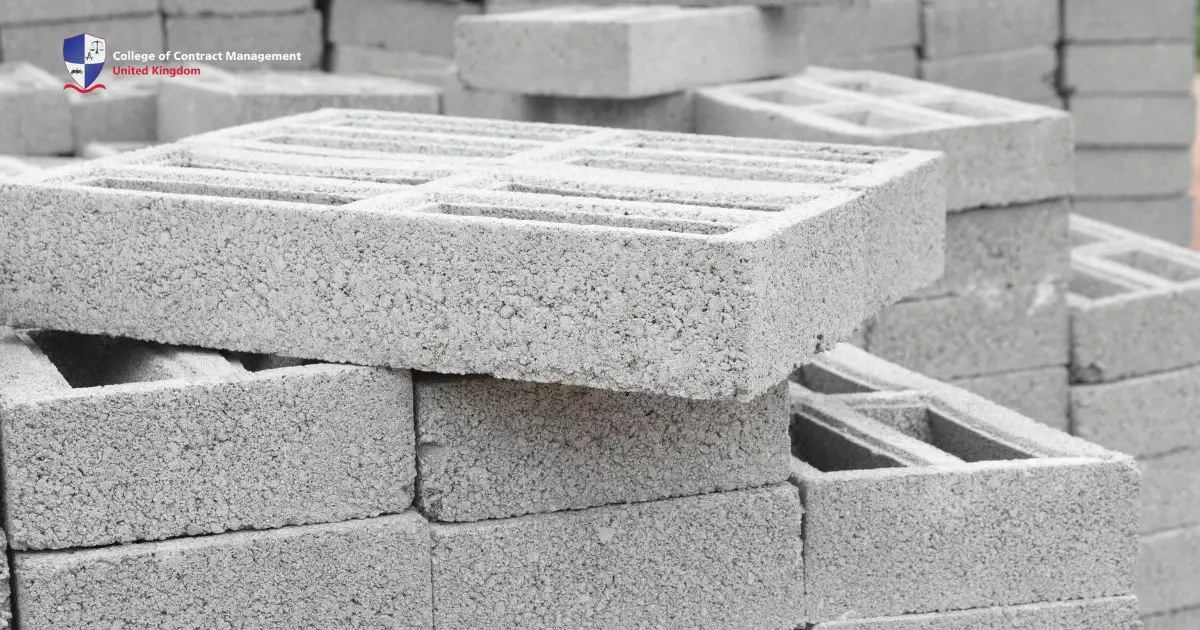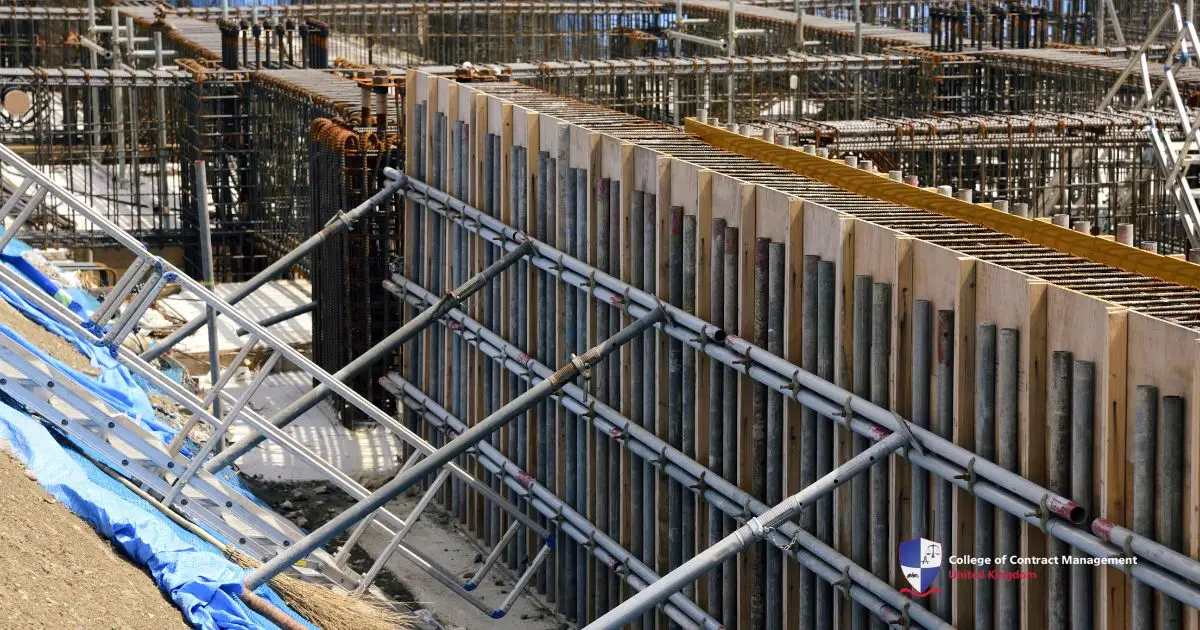In construction, using the right materials can make a huge difference in how strong and durable a building is. For instance, ready mix concrete has become a popular choice in construction. This is because it’s easy to use, reliable, and saves time. Made in factories and delivered to sites, RMC is ready to pour, so there's no need to mix it on-site.
For builders and contractors, it’s important to understand the benefits of using RMC. At the same time, learning the types and how to use concrete mix helps to ensure the structures are strong and safe. In this guide, we’ll break down the basics of mixed concrete to help you achieve better results.
What is ready mix concrete?
Ready mix concrete (RMC) is concrete that is mixed in a plant before delivering it to a construction site. The mix contains cement, sand, gravel, and water in specific amounts. After mixing the concrete, the manufacturer sends it in a truck, so it’s ready to use when it arrives. This method ensures the concrete is consistent and saves time on-site.
In addition to that, using mixed concrete makes the construction process more efficient. This is because workers don’t have to spend time mixing the concrete on-site. When mixing cement by hand, there is always the risk of incorrect proportions. As a result, the mix can weaken the concrete and compromise the project. By relying on mixed concrete, contractors can ensure the best results.
Benefits of using pre-mixed concrete
Using ready mix concrete in construction has many benefits that make it an excellent choice for projects. One of the main advantages is consistency and time-saving. As a result, there's no need to mix everything on-site. Most importantly, it also helps reduce waste because you can order just the right amount you need. Let’s explore more about these benefits:
- Consistency: To make ready mix concrete, experts measure and mix everything just right. This ensures that the concrete is always strong and durable.
- Time Efficiency: Since pre-mixed concrete is ready to use, there’s no need to waste time mixing it on-site. This speeds up the entire construction process and helps projects finish faster.
- Quality Control: Making pre-mixed concrete in special plants allows for strict quality checks at every step. This process ensures that the concrete has the right quality.
- Cost-Effectiveness: Although mixed concrete might cost a little more upfront, it saves money in the long run. Plus, it prevents wasting materials due to workers’ errors.
- Environmental Impact: Many modern factories use eco-friendly methods, like recycling water and materials. This helps reduce the impact that concrete production has on the environment.
Types of mixed concrete
Ready mix concrete comes in different types that match specific needs for construction. In general, this mix contains cement, aggregates, and water. Sometimes, manufacturers add extra ingredients to the mix to improve its quality. However, the process of concrete mixing affects how strong and durable it will be.
When choosing the right concrete mix, engineers must consider a few things. For instance, how strong the structure needs to be, how long it will last, and the conditions the building will deal with. With this in mind, builders need to ensure the concrete works well for the project. Let’s explore the types of concrete mix.
Transit-Mixed Concrete
To make transit ready mix concrete, manufacturers load all the dry ingredients into a truck at the plant. In transit, the driver adds water, and the truck rotates to mix the ingredients until it reaches the site. This method allows for adjustments to the mix on-site, such as adding water to change the consistency. This one is popular for large projects like residential and commercial buildings.
Shrink-Mixed Concrete
Shrink-mixed concrete is a concrete that workers mix at a plant before transporting it to a construction site. The truck mixer finishes mixing the concrete while driving to the site. This method helps workers load more concrete into each truck. When the truck arrives, the mixer mixes the concrete for a couple of minutes to make sure everything combines. Shrink ready mix concrete works well for projects that need a lot of concrete, like highways or bridges.
Central-Mixed Concrete
Central-mixed concrete comes by thoroughly mixing all ingredients in a stationary plant-mounted mixer before loading into a transport vehicle. This method ensures a uniform and consistent mix. Besides, it offers advantages such as improved quality control, faster production, and reduced wear on transport truck drums. Central ready mix concrete is particularly beneficial for large-scale projects like skyscrapers.
The process of mixing concrete
Mixing concrete is an important step in construction because it helps create a strong building. The process involves combining cement, sand, gravel, and water in the right amounts to make a smooth, even mixture. Getting the mixing process right is key to ensuring the ready mix concrete is strong and lasts for a long time. Here are the processes of mixing concrete:
- Batching: Batching is the step where manufacturers measure the right amounts of materials. This helps make sure the concrete is consistent and meets the right specifications.
- Mixing: Mixing involves putting all the materials in a mixer to create a smooth and even mixture. However, it’s important to mix the concrete just the right amount, as the amount of mixture can affect the result.
- Transportation: After mixing, manufacturers send the ready mix concrete to the construction site. In this case, special trucks with rotating drums keep the concrete moving during transport. As a result, the concrete doesn’t start setting before it’s poured.
- Placement: In this step, workers must pour the ready mix concrete into the mould quickly before it hardens. Once poured, the concrete is smoothed out and compacted to remove air pockets.
- Curing: Curing is the final step. This involves keeping the concrete at the right temperature. This process allows concrete to gain strength and perform well. If it dries too quickly, it can crack. It’s important to do this step to ensure the concrete is strong and durable.
Using ready mix concrete in construction
Ready mix concrete has become an essential material in construction because it’s quick, reliable, and produces high-quality results. Unlike traditional methods where workers mix concrete on-site, RMC is prepared in a factory and delivered ready to use. Using RMC also helps lower costs by reducing waste and improving efficiency. In this section, we’ll explore how to use RMC in construction:
- Residential: In residential construction, RMC is suitable for foundations, driveways, and patios. Its consistent quality ensures durable and level surfaces, essential for structural integrity and aesthetic appeal.
- Commercial: For commercial projects, builders use ready mix concrete for constructing floors, columns, and pavements. Its strength and durability are crucial for supporting heavy loads and high-traffic areas, such as shopping centres and office buildings.
- Infrastructure: RMC plays a vital role in infrastructure development, including bridges, tunnels, and highways. Its ability to withstand harsh environmental conditions and heavy usage makes it ideal for such critical structures.
- Speciality: In speciality construction, ready mix concrete is used for decorative concrete and precast elements. Decorative mixes allow for customised aesthetics, while manufacturers produce precast components like beams and panels off-site for quick assembly.
Best practices for builders & contractors
To make sure the use of ready mix concrete is effective, builders and contractors need to follow a few best practices. Before pouring concrete, it’s important to prepare the site properly. This means clearing away any debris or loose soil and making sure the ground is flat. Builders also need to set up strong formwork to hold the concrete in place while it cures. Reinforcement, like rebar or wire mesh, must be inside the formwork to make the concrete stronger and more durable.
Besides preparation, timing is key when it comes to concrete deliveries. It’s important to schedule deliveries to avoid delays. In addition, considering things like weather and traffic can help make sure the delivery runs smoothly. Aside from that, use software to track and manage deliveries to ensure everything stays on track.
Most importantly, quality control helps to ensure the ready mix concrete is strong. Conducting tests like the lump and cube tests helps check the consistency and strength of the mix. On top of that, safety is a top priority. Workers should always wear protective gear, like gloves and goggles, to avoid injuries from wet concrete. By following these steps, builders can ensure a safe and high-quality project.
Conclusion
In conclusion, ready mix concrete is a great choice for construction because it's easy to use. It offers several benefits, like making sure the concrete is always strong and saving time. This means there’s no need to mix it by hand, which can sometimes lead to mistakes. RMC is perfect for different projects, including homes, business buildings, and roads. It also helps reduce waste and cuts down on labour costs. Overall, RMC makes construction projects faster, easier, and more reliable.
If you want to know how construction materials impact the building, enrolling at the College of Contract Management is great! The college offers in-depth knowledge to help you understand the best practices in building projects. Whether you're looking to start a career in construction or enhance your existing knowledge, the college provides the perfect foundation for your success.





